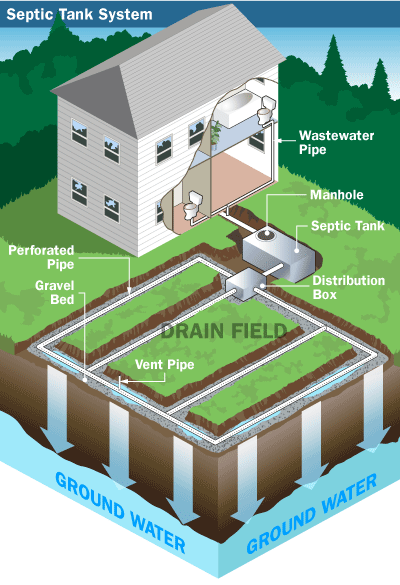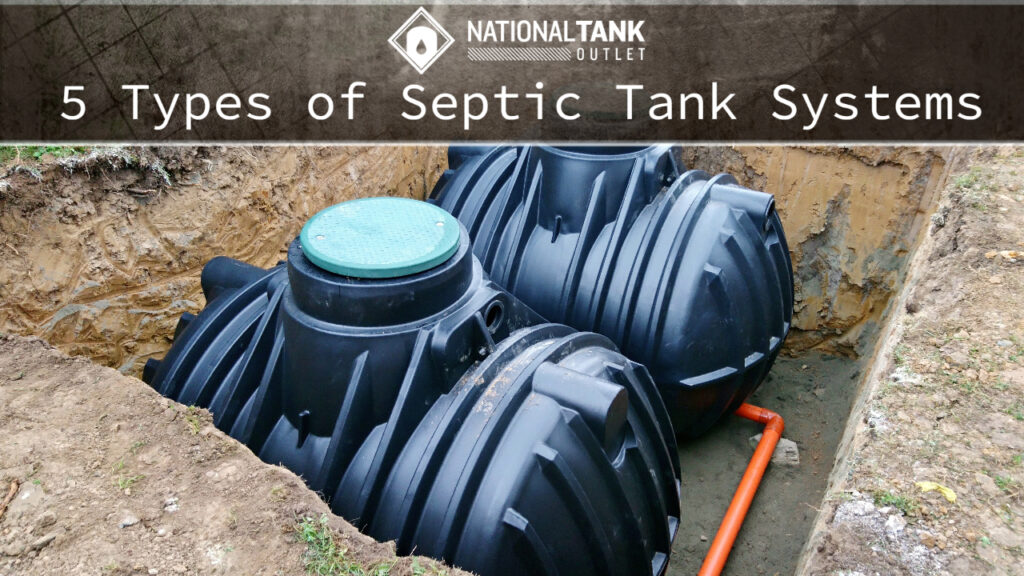The Significance of Routine Septic Tank Pumping for Your Building
Wiki Article
Deciphering the Language of Septic Container Services: A Glossary of Terms for Clear Interaction and Understanding
Are you perplexed by the jargon made use of in septic storage tank solutions? Don't fret, we have actually obtained you covered! In this article, we'll help you translate the language of septic container solutions with a handy glossary of terms. From recognizing the fundamentals of your septic storage tank to taking care of sludge buildup, we'll give clear descriptions to make sure clear interaction and understanding. Bid farewell to confusion and hello to a well-maintained septic tank!Sewage-disposal Tank: Recognizing the Fundamentals

If you are not familiar with septic containers, they are below ground containers that deal with and hold wastewater from your house. These tanks are an important part of your home's pipes system, responsible for safely and successfully handling the waste created by your daily tasks. Recognizing the essentials of sewage-disposal tanks is vital in order to ensure their correct capability and avoid expensive repairs.
A septic system contains two primary components: the storage tank itself and the drainfield. The tank is where the wastewater flows right into, and it is made to divide solids from liquids. The solids resolve at the end of the tank, creating a layer of sludge, while the fluids, known as effluent, surge to the top. The effluent after that streams into the drainfield, where it is more dealt with and spread into the surrounding dirt.
Routine maintenance of your septic system is vital to prevent concerns such as blockages, back-ups, and system failures. It is recommended to have your tank pumped every three to 5 years, depending upon its size and usage. Furthermore, it is essential to be conscious of what you flush down the drains and commodes, as particular chemicals and materials can harm the microbial equilibrium in the tank.
Drain Field: The Duty of Dirt in Garbage Disposal
To maintain the proper functionality of your sewage-disposal tank system, it is critical to recognize the role of the drainpipe field in garbage disposal and exactly how the bordering dirt plays a key duty in this procedure. The drainpipe field, additionally known as the leach area or absorption field, is an important element of a septic system. Its primary function is to filter and deal with the wastewater that spurts of the septic container.When the wastewater leaves the sewage-disposal tank, it is dispersed equally throughout the drainpipe field with a network of pipes or trenches. The drain field includes a layer of crushed rock or rock, which assists to distribute the wastewater uniformly and advertise reliable filtering. Below the gravel layer, there is a layer of dirt that works as an all-natural filter.
The soil in the drain area plays a critical function in the therapy of wastewater. As the wastewater percolates via the soil, it goes through a natural procedure of filtering and filtration. The soil serves as a organic and physical filter, removing harmful bacteria, viruses, and other contaminants from the wastewater.
The composition and top quality of the dirt are essential for the efficient performance of the drainpipe area - septic tank pumping. The dirt should have great percolation rates to permit the wastewater to move with it easily. Furthermore, the dirt needs to have enough oxygen levels to sustain the development of cardiovascular bacteria, which aid in the breakdown of raw material in the wastewater

Effluent: the Liquid Waste From Your Septic System
As the wastewater leaves the drainpipe field, it is known as effluent, and it is necessary to understand the characteristics and management of this liquid waste from your septic tank. Effluent is the term utilized to define the treated wastewater that drains of your septic storage tank and right into the drain field. septic tank pumping. This liquid waste consists of a combination of water, organic matter, and liquified solidsEffluent should be clear and cost-free of any kind of undesirable odors. If you discover any kind of foul smells or staining, it might be a sign of an issue with your septic tank. Regular upkeep and pumping of your septic system can assist make certain that the effluent discover this info here remains totally free and clean from impurities.
Appropriate management of effluent is crucial to prevent contamination of the surrounding setting. The drainpipe field is designed to filter and deal with the effluent before it gets in the soil. It is vital to prevent any More about the author activities that might potentially harm the drainpipe area, such as car parking vehicles or growing trees with deep root systems.
Sludge: Dealing With Solid Waste Accumulation
When dealing with strong waste buildup in your septic system, appropriate monitoring of sludge is important. Sludge refers to the thick layer of solid waste that collects at the end of your septic tank gradually. Otherwise handled effectively, sludge can trigger various issues, such as clogging, backups, and even system failure.Regular upkeep is essential to avoid sludge buildup. It is suggested to have your sewage-disposal tank pumped every 3 to five years, depending upon the dimension of your family and the storage tank's capacity. Pumping eliminates the gathered sludge, permitting your septic system to operate efficiently.
Be conscious of what you flush down the drain. Second, think about making use of septic-safe items that will not interrupt the all-natural microbial equilibrium in your system.
Pumping: Maintaining the Health of Your Sewage-disposal Tank
Keep the wellness of your septic container by on a regular basis pumping it. Pumping is a vital upkeep job that aids protect against troubles and makes certain the proper functioning of your septic system. In time, strong waste and sludge gather in the storage tank, which can result in clogs, back-ups, and even system failure. Pumping eliminates these collected solids, allowing the container to continue running successfully.Normal pumping is suggested to avoid the sludge from getting to high degrees. The regularity of pumping relies on various aspects such as the dimension of the storage tank, the number of occupants in your family, and the usage of water. Typically, sewage-disposal tanks ought to be pumped every three to 5 years. Nevertheless, it is essential to note that every system is unique, and it's ideal to seek advice from a professional to determine the optimum pumping timetable for your particular situation.
Verdict
So there you have it: a helpful reference of terms to aid you better comprehend the language of septic tank solutions. Whether it's finding out about the essentials of sewage-disposal tanks, recognizing the role of the drain field, or understanding exactly how to deal with sludge accumulation, this glossary will make certain clear communication and a much better understanding of your septic system. Maintain these terms in mind to maintain the health and performance of your septic container.A septic storage tank is composed of two primary elements: the tank itself and the drainfield.Routine maintenance of your septic container is necessary to prevent concerns such as blockages, backups, and system failings.To maintain the proper functionality of your septic tank system, it is critical to recognize the function of the drainpipe area in waste disposal and exactly how the bordering dirt plays a key role in this process. It is suggested to have your septic storage tank pumped every 3 to 5 years, depending on the dimension of your household and the tank's capability. Whether it's discovering regarding the fundamentals of septic containers, understanding the role of the drain area, or knowing exactly how to deal with sludge buildup, this glossary will ensure clear communication and a much better understanding of your septic system.
Report this wiki page